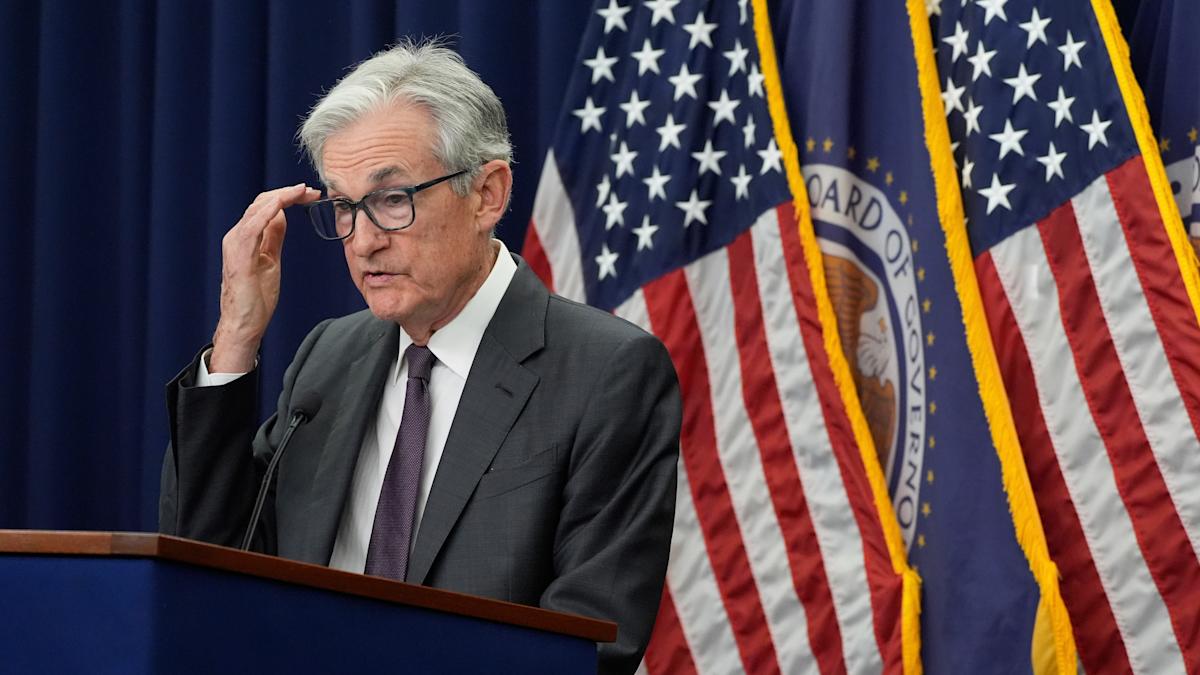A hotter-than-expected wholesale inflation report just made the Federal Reserve’s decision regarding a September rate cut even tougher. The report raises questions of whether higher prices for businesses will be passed on to consumers, pushing up inflation.
“The PPI suggests inflation isn’t the non-story some people thought it was after Tuesday’s CPI print,” said Chris Larkin, managing director of trading and investing for E-Trade from Morgan Stanley. “This doesn’t slam the door on a September rate cut, but based on the market’s initial reaction, the opening may be a little smaller than it was a couple of days ago.”
Stocks climbed before the bell on Friday as investors weighed the hotter-than-expected PPI data against expectations for a Fed rate cut.
Read more: How jobs, inflation, and the Fed are all related
Markets are still pricing in over a 90% chance the central bank will cut rates by a quarter percentage point come September.
The Producer Price Index showed prices rose in July by a much stronger-than-expected 0.9%, marking the largest monthly increase in more than three years. Year over year, core prices, which exclude volatile food and energy prices, jumped to 3.7% from 2.6% in June. Expectations were for a jump up to 3%.
“If consumer prices don’t accelerate from here, we have a profit margin hit on our hands,” market strategist Peter Boockvar said. “Pick your poison.”
But Luke Tilley, chief economist for Wilmington Trust, doesn’t think PPI changes the story for higher inflation.
“I think today’s PPI fits the narrative we’ve had all along,” said Tilley. “Tariffs are driving up business costs, firms are eating some of the costs and passing some along to consumers. I don’t see a risk of more general inflation because consumers will continue cutting back on services spending.”
The data will be used in conjunction with the Consumer Price Index to estimate what the Fed’s preferred inflation gauge — the Personal Consumption Expenditures index (PCE) — will be.
Using both data sets, Bank of America economists estimate PCE on a core basis, excluding volatile food and energy prices, rose by 0.3% month over month in July. That would push the year-over-year rate up to 2.9% from 2.8% in June.
July’s PCE report is due out Aug. 29.
“The Fed’s preferred measure of inflation likely moved further away from its 2% target, challenging the market’s conviction for a September cut,” said Stephen Juneau, US economist for Bank of America.
Tougher task ahead? Federal Reserve Chairman Jerome Powell, speaks during a news conference following the Federal Open Market Committee meeting, Wednesday, July 30, 2025, in Washington. (AP Photo/Manuel Balce Ceneta) · ASSOCIATED PRESS
Thursday’s report continues the conundrum for the Fed and Chairman Jerome Powell: Increasingly both sides of their dual mandate are coming into potential conflict, ingraining the division of views among members of the Fed.
Story Continues
Chicago Fed president Austan Goolsbee cautioned Wednesday that if there are more inflation reports that show prices for services are rising, like the CPI report earlier this week, that would be concerning.
“Services are not tied to the tariffs,” he said. “Everyone is hoping that’s just a blip. There’s noise in the data. If you start to get multiple months where the components suggest that the impact of tariff inflation is not staying in its lane, that would be more of a concern.”
Stephen Brown, deputy chief North America economist for Capital Economics, said his estimates suggest that the PCE inflation report will reveal prices of goods on a core basis were essentially unchanged in July, while core services will have risen by 0.4%, the strongest pace in five months.
Wilmington Trust’s Tilley noted that the big jump in PPI reported Thursday was due to services, but comes on the heels of several months of low readings and remains in “very normal territory.”
Atlanta Fed president Raphael Bostic, who has been more concerned about the risk of inflation from tariffs, said Wednesday that a weaker-than-expected July jobs report raises the risk that the job market may be beginning to weaken and that the central bank doesn’t have as much time to be patient on inflation.
“To me, that’s the question we’re going to try to have an answer [to],” said Bostic. “How much [have] labor markets weakened such that we shouldn’t feel like we can afford to be patient, and that’s really our task for the next five weeks or so.”
On the other side are members like San Francisco Fed president Mary Daly, who is concerned the job market is moving in the wrong direction. Daly told the Wall Street Journal Thursday that the Fed can’t ignore the softening in the job market.
“Policy is likely to be too restrictive for where the economy is headed. So for me, that calls for recalibration,” she said.
Jennifer Schonberger is a veteran financial journalist covering markets, the economy, and investing. At Yahoo Finance she covers the Federal Reserve, Congress, the White House, the Treasury, the SEC, the economy, cryptocurrencies, and the intersection of Washington policy with finance. Follow her on X @Jenniferisms and on Instagram.
Click here for in-depth analysis of the latest stock market news and events moving stock prices
Read the latest financial and business news from Yahoo Finance
